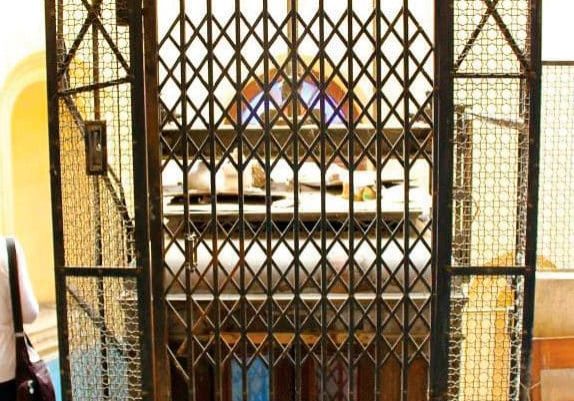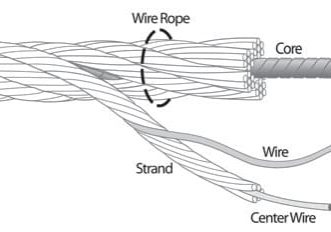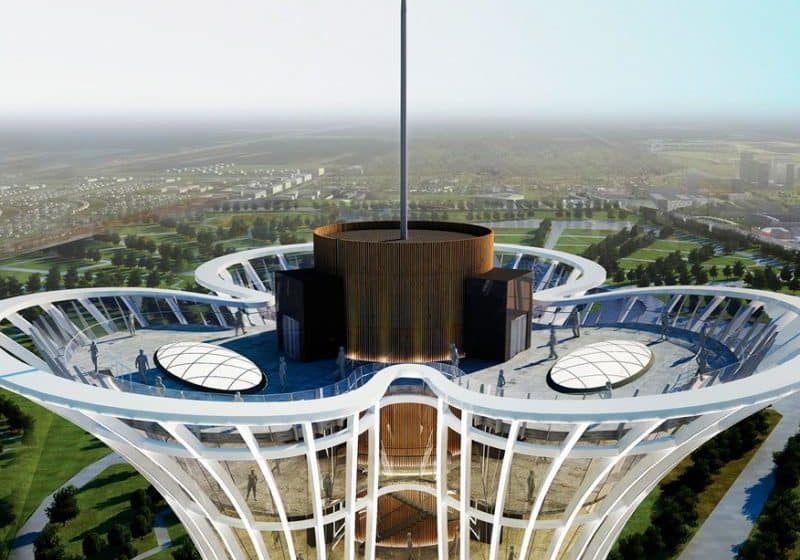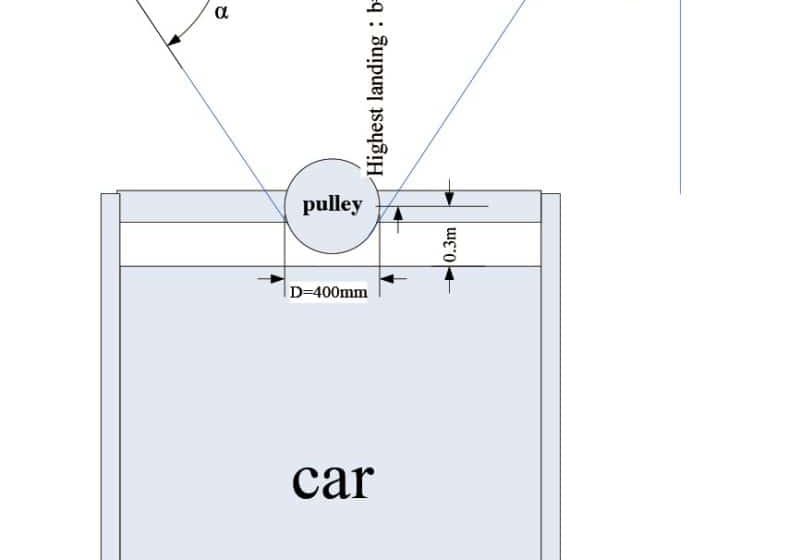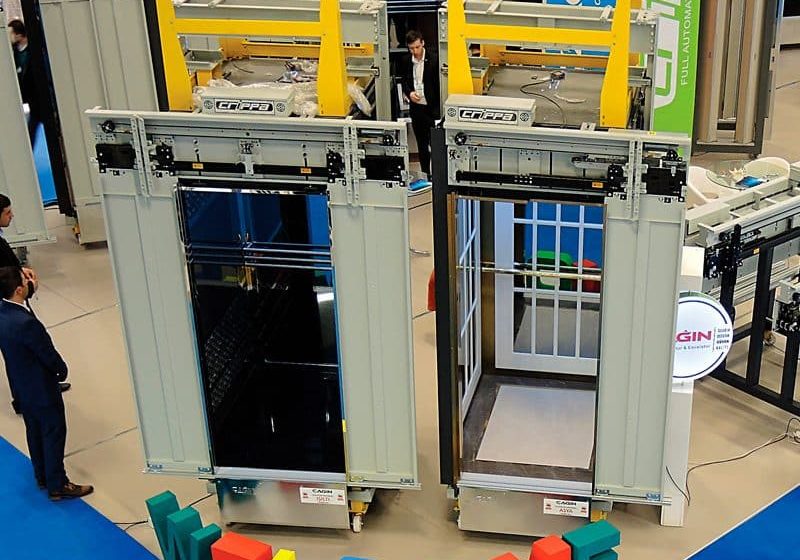University of Maryland Elevator Modernization
Jul 1, 2015
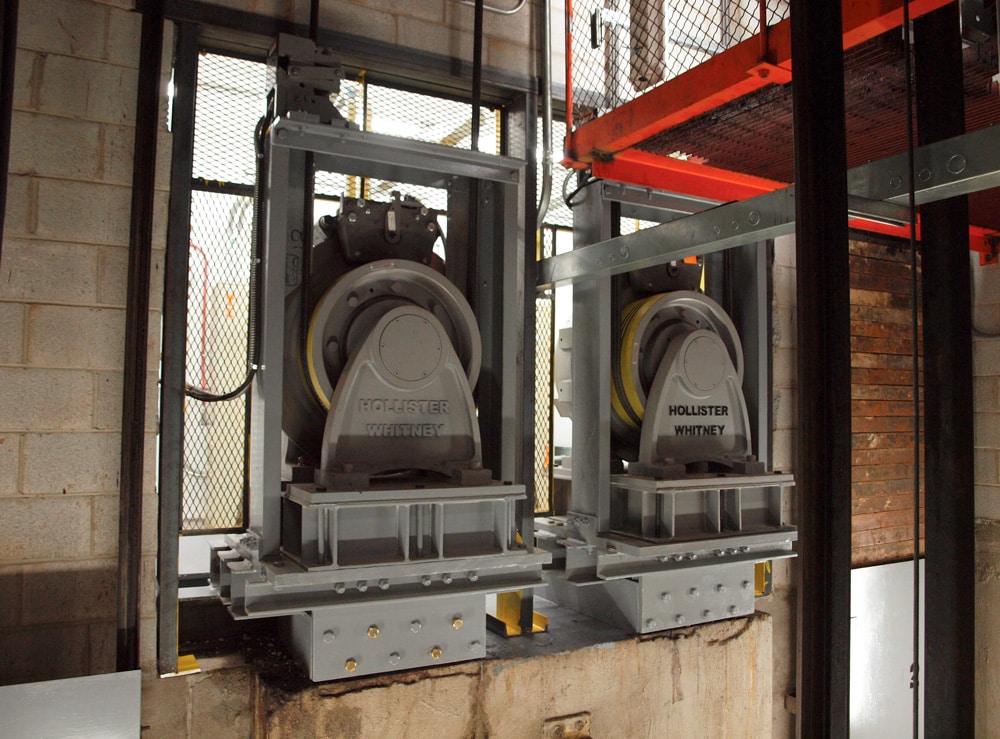
Quality Elevator collaborates with other industry companies to renovate traction elevators in the busy Biology-Psychology Building.
Last year, Quality Elevator Co. installed the first AC permanent-magnet basement traction machine at the University of Maryland, College Park. The university is located on 1,250 acres of rolling land on the Baltimore-Washington, D.C. corridor. It is the state’s flagship university and one of the nation’s preeminent public-research universities. A global leader in research, entrepreneurship and innovation, the university is home to more than 37,000 students, 9,000 faculty and staff and 250 academic programs. The institution has a US$1.7-billion operating budget, and secures US$500 million annually in external research funding. It is also one of the top 10 highest-rated Washington, D.C.-area employers.
Quality Elevator was awarded a project that required extensive engineering and cooperation with numerous parties for the elevator modernization of the university’s Biology-Psychology Building. Contributors to this project included Hollister-Whitney/GAL, Motion Control Engineering and Innovation Industries, all coordinated by Quality Elevator.
The project consisted of designing and renovating two basement traction elevators originally installed in 1971. The university was looking to move forward with the most efficient green installation available, which was to replace these machines with AC permanent-magnet hoist motors. This task required innovation and expertise to incorporate the basement tie-downs of the existing machines, while retaining the overhead deflector sheaves. No overhead modifications could be made to the design, due to overhead restrictions.
The new hoist machine had to be designed to support the upward thrust that would be exerted on to the machine and, subsequently, onto the building structure during normal operation cycle and testing. The existing overhead sheave alignment had to be calculated, and the new hoist machine had to be engineered to create acceptable rope alignments.
Design concepts were created. These included custom mounting plates to provide sufficient support to the upward thrust of the elevator system. Once the machine’s upthrust was calculated, the mounting method was applied and sharpened as the load calculations were anticipated. This detail was further complicated by the site’s reduced clearance. Since the elevator machine room was placed at the second landing, elevator 1 was required to serve one floor below the hoist machine and machine room. To retain elevator service to this portion of the building, the design had to allow for the elevators to be removed and modernized one at a time. This made hoistway access and maneuvering more difficult.
Quality Elevator Company completed this project on time and with no change orders. The craftsmanship and engineering is second to none.
Get more of Elevator World. Sign up for our free e-newsletter.


